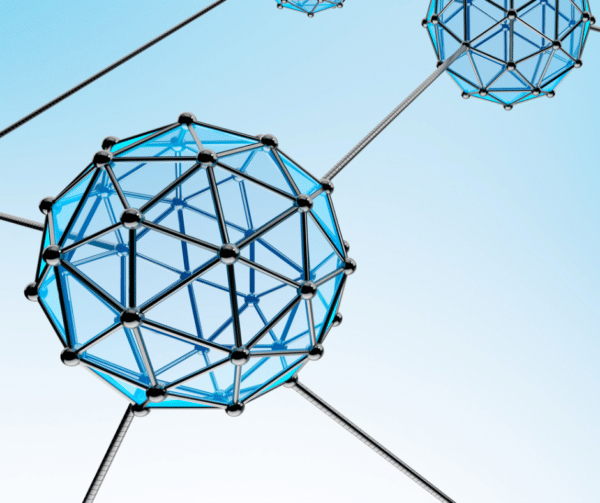In recent years, the healthcare industry has seen rapid technological advancements that have revolutionized the way healthcare is delivered. Australia, being a leader in healthcare, has been at the forefront of these advancements, adopting cutting-edge technologies to improve patient outcomes and reduce healthcare costs. In this blog post, we will explore the top 6 medical technologies that are changing the face of healthcare in Australia.

Artificial Intelligence (AI) has been widely adopted in healthcare, particularly in medical imaging. AI algorithms can analyze medical images and detect early signs of diseases, such as cancer, allowing for early diagnosis and treatment. AI can also be used for predictive analytics, identifying high-risk patients, and providing personalized care plans. Additionally, AI chatbots are being used for virtual health consultations, reducing the burden on healthcare professionals.

Wearable Medical Devices can monitor vital signs, such as heart rate and blood pressure, and provide valuable insights to inform treatment plans. These devices are particularly useful for patients with chronic conditions, such as diabetes or hypertension, as they allow for continuous monitoring and can detect early signs of complications. Wearable devices are also being used to monitor patients after surgery, reducing the need for hospital readmissions and improving patient outcomes.

Robotic Surgery provides greater precision and control during surgery, leading to better outcomes and faster recovery times. Robotic systems are being used for a range of surgeries, from simple procedures such as gallbladder removal to complex procedures such as cardiac surgery. The benefits of robotic surgery include smaller incisions, reduced blood loss, and faster recovery times.

3D Printing technology is being used to create customized medical devices, such as prosthetics and implants, improving patient outcomes and reducing healthcare costs. 3D printing is also being used to create models of patient anatomy, allowing for better surgical planning and reducing the risk of complications. Additionally, 3D printing is being used to create personalized drug delivery systems, improving patient adherence to treatment plans.

Nanotechnology is being used to develop targeted drug delivery systems and nanosensors that can detect early signs of disease. Targeted drug delivery systems allow for the precise delivery of drugs to specific parts of the body, reducing side effects and improving treatment outcomes. Nanosensors can detect early signs of disease, such as cancer, allowing for early diagnosis and treatment. Nanotechnology is also being used to create new materials for medical devices, improving patient outcomes and reducing healthcare costs.

Gene Editing has the potential to cure genetic diseases by replacing or repairing faulty genes. Gene editing technologies, such as CRISPR-Cas9, are being used to treat a range of genetic diseases, including sickle cell anemia and cystic fibrosis. Gene editing is also being used in cancer research, allowing for targeted destruction of cancer cells. While still in the early stages of development, gene editing has the potential to revolutionize the treatment of genetic diseases.

Virtual Reality (VR) technology can provide immersive training experiences for healthcare professionals, allowing for realistic simulations of medical procedures and surgeries. VR can also be used to distract patients during medical procedures, reducing anxiety and pain. Additionally, VR is being used for mental health therapy and pain management, providing an alternative to traditional medication-based treatments.
The top 6 medical technologies discussed in this blog post are just a few examples of the many advancements being made in the healthcare industry in Australia. These technologies have the potential to improve patient outcomes, reduce healthcare costs, and enhance the efficiency of healthcare delivery. As healthcare professionals, it is important to stay up-to-date with these technological advancements and incorporate them into our practices.
References:
Australian Government Department of Health. (2019). Artificial Intelligence. Retrieved from https://www.health.gov.au/health-topics/artificial-intelligence
Australian Medical Association. (2021). Wearable Health Devices
Australia’s Medical Technology Industry. (n.d.). The benefits of medical technology. Retrieved from https://www.ausmedtech.com.au/the-benefits-of-medical-technology/
Monash University. (n.d.). Nanomedicine. Retrieved from https://www.monash.edu/medicine/ccs/research/research-areas/nanomedicine
The University of Melbourne. (n.d.). Gene editing. Retrieved from https://findanexpert.unimelb.edu.au/display/research_project/28483-gene-editing
HealthDirect. (2021). Virtual reality (VR) therapy. Retrieved from https://www.healthdirect.gov.au/virtual-reality-vr-therapy